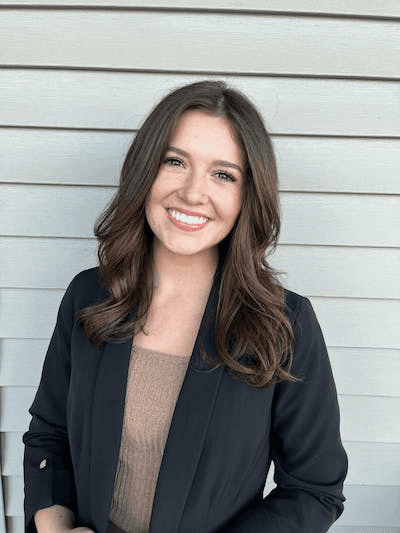Know Your Lung Cancer Risk
Before It’s Too Late: A Case Study
Lung cancer remains the leading cause of cancer-related deaths worldwide—and it’s often detected too late. At TrueYouOmics, we’re changing that.
By combining deep proteomics with lifestyle data, we’ve built a model that predicts lung cancer risk with surprising accuracy—giving individuals and healthcare providers the insights they need to act early.
Why Early Detection Matters
Every year, over 10 million people die from cancer—and nearly half of those deaths could be avoided with better prevention and early diagnosis.
Lung cancer, in particular, is deadly because it’s usually caught at a late stage. That’s where our work comes in.
What We Did: Risk Stratification Through Proteomics
Using a dataset comprising over 50,000 individuals from the UK Biobank, we developed a machine-learning model that categorizes them into low and high-risk groups for lung cancer.
To validate these risk groupings, we calculated the percentage of individuals in each category who were diagnosed with lung cancer within five years of their blood sample collection, effectively measuring the incidence rate. We then compare it to the overall lung cancer incidence observed in the general population.
Low-risk group
0.01%
General incidence
0.38%
High-risk group
1.03%
The green box (0.01%) represents the subset identified by our model as low-risk, they exhibited an exceptionally low rate of developing lung cancer.
The blue box (0.38%) displays the lung cancer incidence in the overall population, independent of risk stratification.
The red box (1.03%) indicates the proportion among individuals classified as high-risk, demonstrating a considerably higher likelihood of disease development.
This indicates that individuals we classified as high-risk are 100 times more likely to develop lung cancer over five years compared to those identified as low-risk.
Survival Matters: What the Data Shows
Our Kaplan-Meier survival analysis reveals what this means over time:
• People in the low-risk group show almost perfect survival probability over 5 years.
• Those in the high-risk group see a noticeable decline.
Can You Trust the Model?
Yes. Here’s Why.
We rigorously validated our model across cross-validation folds, demonstrating its strong predictive performance:
• The Area Under the Curve (AUC) remains consistently high over the entire five-year period, confirming the model's sustained ability to distinguish between risk groups.
• We observed a concordance index of approximately 0.88. This is notably above the 0.5 expected from random assignment (i.e., flipping a coin) and close to the ideal value of 1.0, indicating excellent model performance.
Why Knowing Your Risk Matters
If you’re at high risk and don’t know it, chances are you’ll only be diagnosed once symptoms appear, and by then, treatment options are limited.
Knowing your risk early gives you the power to take action:
• Stop smoking and avoid passive smoke).
• Measure radon in your home, as 6.7% of US homes have elevated levels.
• Avoid exposure to asbestos, as the World Health Organization (WHO) estimates about 125 million people are still exposed occupationally to asbestos.
• Eat more fruits and vegetables (20% risk reduction).
• Stay physically active (20% risk reduction).
Small changes. Big difference.
The most comprehensive
blood test available
Hyper-Personalized, AI-Powered Insights for
High Achievers
140
days
:
7
hours
:
24
minutes
:
40
seconds
Left Until Early Access Launch
288









